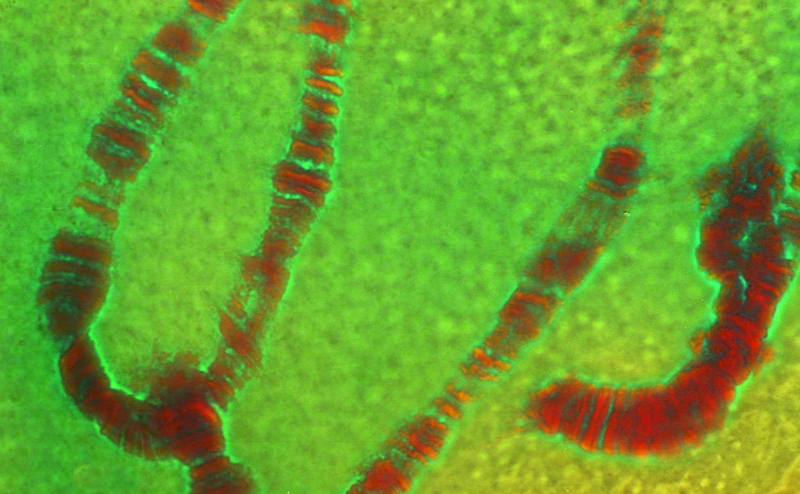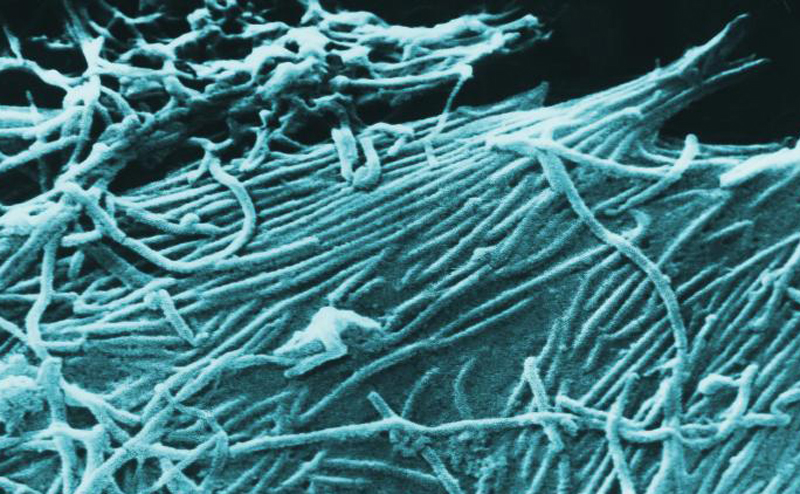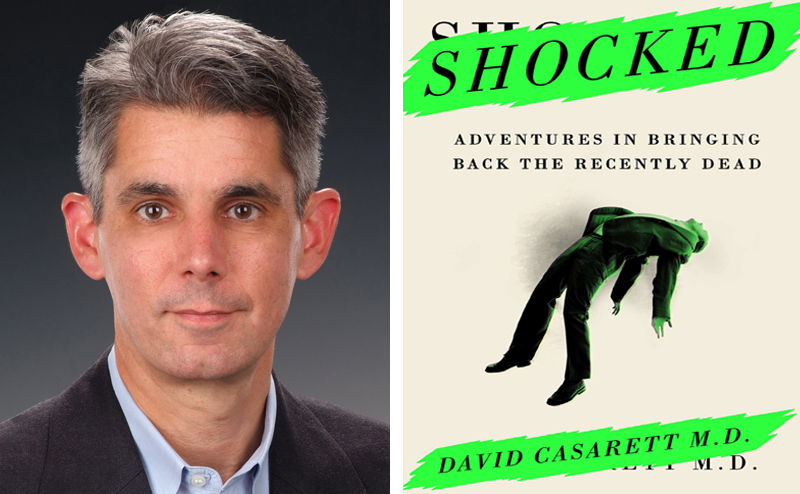Articles
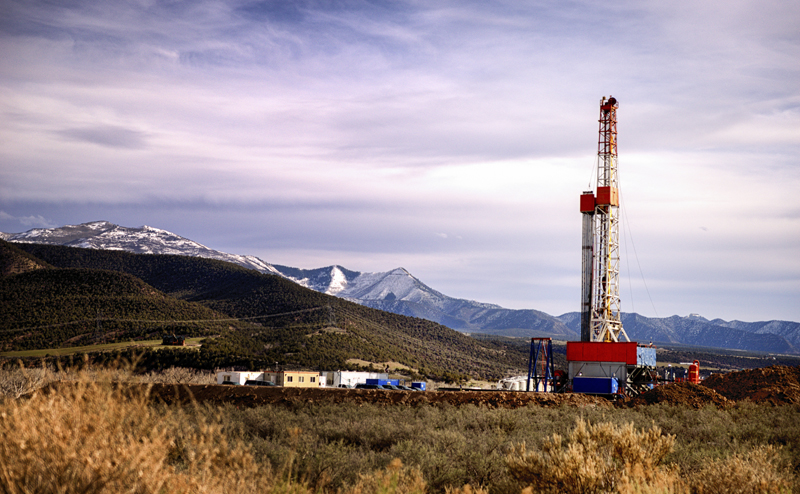
Recently in New York City, protesters took to the boardwalk in the Rockaways to voice opposition to the Rockaway Lateral Project, which aims to install a pipeline under New York City’s Jacob Riis and Fort Tilden beaches to connect two existing natural gas distribution systems. The pipeline, controlled by Williams Partners L.P., will allow fracked natural gas from the Marcellus Shale, in Pennsylvania, to flow to a new meter and regulator station at Floyd Bennett Field, in Brooklyn, and then into the current distribution lines running up Flatbush Avenue. The evidence for environmental damages caused by unregulated fracking procedures is mounting at the same time that the U.S. is striving to decrease its dependency on oil and coal. Is fracking the lesser of two evils? Or could it be?
Read MoreThe Antarctic midge travels very light, genetically speaking. A new study shows that this tiny creature, which spends most of its short life frozen in ice (save for a weeklong bender of mating and egg-laying), packs the smallest genome found in insects to date. The length of that genome is only 99 million base pairs (the building blocks of DNA, either a guanine-cytosine couple or an adenine-thymine couple). For comparison, the silk moth’s genome is an estimated 436 million base pairs long; our own Homo sapiens genome spans 3.2 billion base pairs.
Read More
Modern general anesthesia is a much more preferable alternative to the old remedies, such as alcohol, opium, or just gritting your teeth and bearing it. But despite anesthesia’s wide use, little is known about how these drugs exactly manage to shut off the conscious processes of the brain while leaving nonconscious brain activity undisturbed.
Read MoreEarlier this month, Dr. Kent Brantly and Nancy Writebol were close to death. The two American aid workers infected with the deadly Ebola virus were flown from Liberia to Atlanta, Georgia, where they were promptly sent to the Emory University Hospital. At the moment, there is no officially approved treatment or vaccine for the Ebola virus, which has a 50 to 90 percent mortality rate. But Brantly and Writebol were each given doses of an experimental anti-Ebola serum that had never been tested in humans. Soon after, according to Emory University doctors, both patients were improving. Named after the Ebola River in the Democratic Republic of the Congo, near where the first outbreak occurred in 1976, the Ebola virus causes fever, muscle pain, vomiting and diarrhea, among many other symptoms. The Zaire strain at the center of the current outbreak in West Africa is the most fatal of the five known strains. Though highly pathogenic, the virus is not airborne and can only be transmitted via bodily fluids. The experimental drug administered to the infected aid workers, called ZMapp, is one of a number of treatments that have shown some promising results in animal models. Developed by San Diego-based company Mapp Biopharmaceuticals Inc., …
Read More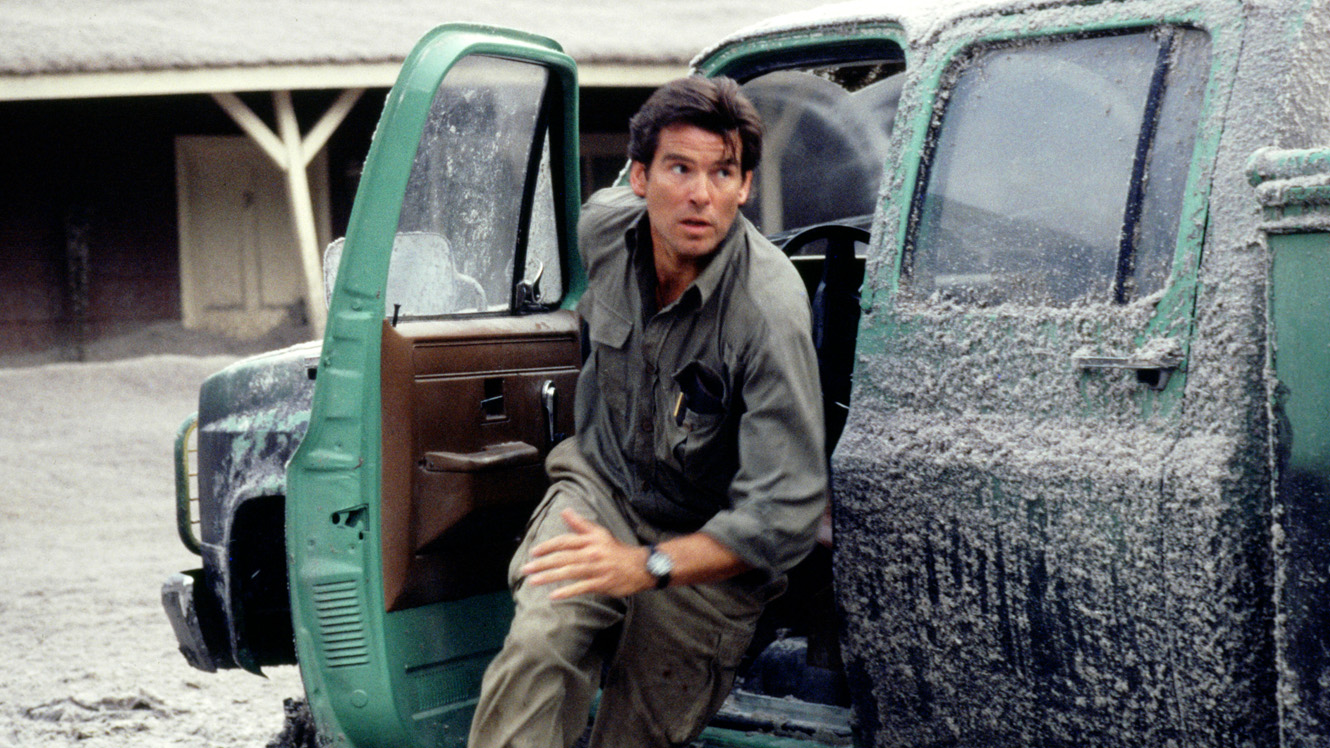
In the 1997 film Dante’s Peak, the volcano is really the star, stealing the show from all the merely human subplots of romance, stubborn grannies, and the inevitable dog that needs to be rescued. Our human protagonist, Harry Dalton (Pierce Brosnan), is a lone, workaholic volcanologist who gets sent out to the Cascade Range in Washington State by the U.S. Geological Survey to check up on a mountain which has been rumbling. The town on the slopes of Dante’s Peak has just been honored with the “second most desirable place to live in the United States, population under 20,000″ award and the mayor (soon to become Harry’s love interest) has done a great job in making the town a prosperous, happy place to live. It’s the perfect setting for a natural disaster.
Read MoreDeath and life might seem like pretty stark categories, but modern science is finding ways to bring people who are, as Miracle Max might say, only “mostly dead,” back from the brink. We got a chance to talk with University of Pennsylvania physician David Casarett, whose new book Shocked: Adventures in Bringing Back the Recently Dead explores techniques of resuscitation from the outlandish (blowing smoke up where the sun don’t shine) to the cutting-edge (cooling and cryopreservation).
Read More






